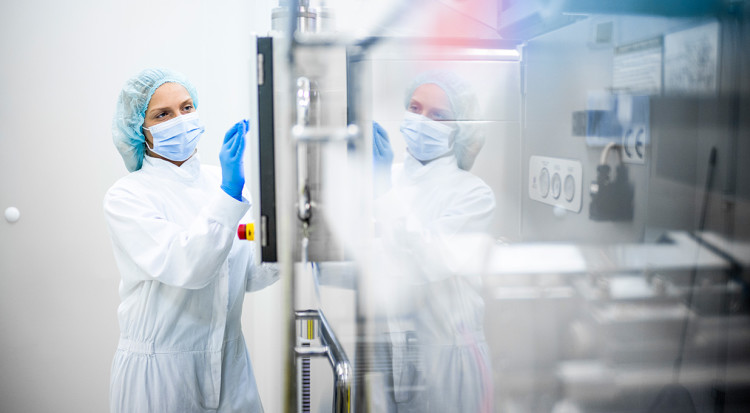Haleon reported first-quarter revenue of £2.9bn, up 3.0% on an organic basis and ignoring exchange rate impacts. This growth was driven entirely by higher prices as a tough comparative period meant volumes slipped 2.0% lower, which was worse than markets expected.
Underlying operating profit saw organic growth of 12.8%, to £707mn. Operational efficiencies and higher prices helped drive improved profitability, with the associated margin rising 2.2 percentage points to 24.2%.
Full-year guidance has been reiterated. Organic revenue growth of 4-6% is expected, with underlying operating profits to grow ahead of this rate.
The group completed around £315mn of share buybacks in the first quarter, with that total set to rise to £500mn in 2024.
The shares fell 1.9% following the announcement.
Our view
Haleon’s first-quarter volume shortfall stemmed entirely from tough comparisons in North America, due to a strong cold & flu season and a national drug shortage in Canada last year. These factors aren’t expected to hurt second-quarter figures in the same way, so revenue growth looks set to return to a balance of both price and volume across the rest of 2024.
Weak volumes aside, there was plenty to like in the first-quarter update. Organic operating profit moved higher at double-digit rates, showcasing the pulling power of the brands in GSK's former consumer healthcare division. These include a number of household names such as Sensodyne toothpaste, Otrivin nasal spray, Panadol painkillers and Centrum multi-vitamins.
Going forward, we think those powerful brands will help Haleon increase prices without seeing volumes fall. Customers tend to happily stomach a higher price when it comes to medicine they trust.
But brand value doesn’t come cheap. So continued investment in innovation and marketing is in our view essential to maintain Haleon's leading brand positions, which may mean there's limited scope to cut costs beyond the £300mn of efficiencies already identified. And even some of the savings here are being reallocated elsewhere in the business, meaning there’s unlikely to be a huge improvement to margins.
We must caution that volumes could still start to dip if price hikes are taken too far, or the economic outlook deteriorates further. But so far, we're impressed with Haleon's delivery of new and improved products which we view as key to growing market share and maintaining brand loyalty.
Despite the headway being made on debt levels and shareholder distributions, the dividend is still lagging most of the peer group. A relatively strong outlook means we should see further progress towards its revised net debt to cash profit level of 2.5 times.
Offloading some of its brands is one lever the group is pulling on to get there. If attractive prices can be obtained, we’re not averse to the sale of a handful of non-core names. But pulling too hard on this lever could be at the expense of organic growth and margin expansion.
Strengthening the balance sheet should help free up some wiggle room to bridge the yield gap with its competitors. But with an earnings multiple towards the top of the pack there is certainly some expectation to deliver. Some pressure on the valuation is also possible if the company's major shareholders Pfizer and GSK decide to reduce their holdings further.
Haleon key facts
All ratios are sourced from Refinitiv, based on previous day’s closing values. Please remember yields are variable and not a reliable indicator of future income. Keep in mind key figures shouldn’t be looked at on their own – it’s important to understand the big picture.
This article is not advice or a recommendation to buy, sell or hold any investment.No view is given on the present or future value or price of any investment, and investors should form their own view on any proposed investment.This article has not been prepared in accordance with legal requirements designed to promote the independence of investment research and is considered a marketing communication.Non - independent research is not subject to FCA rules prohibiting dealing ahead of research, however HL has put controls in place(including dealing restrictions, physical and information barriers) to manage potential conflicts of interest presented by such dealing.Please see our full non - independent research disclosure for more information.








